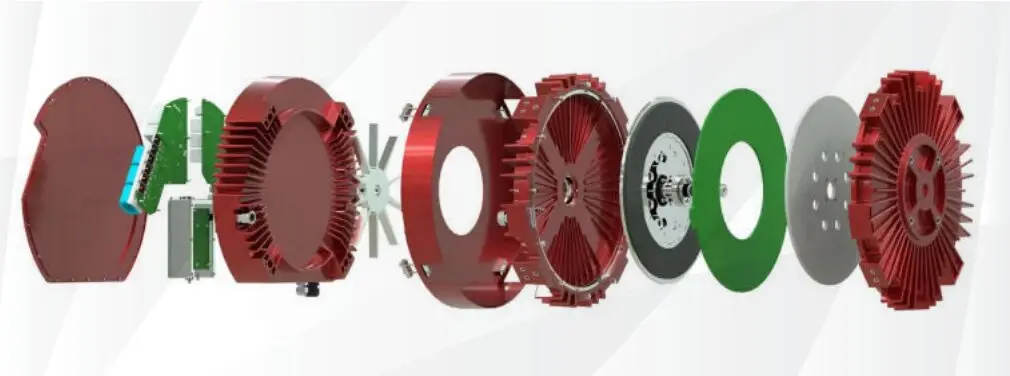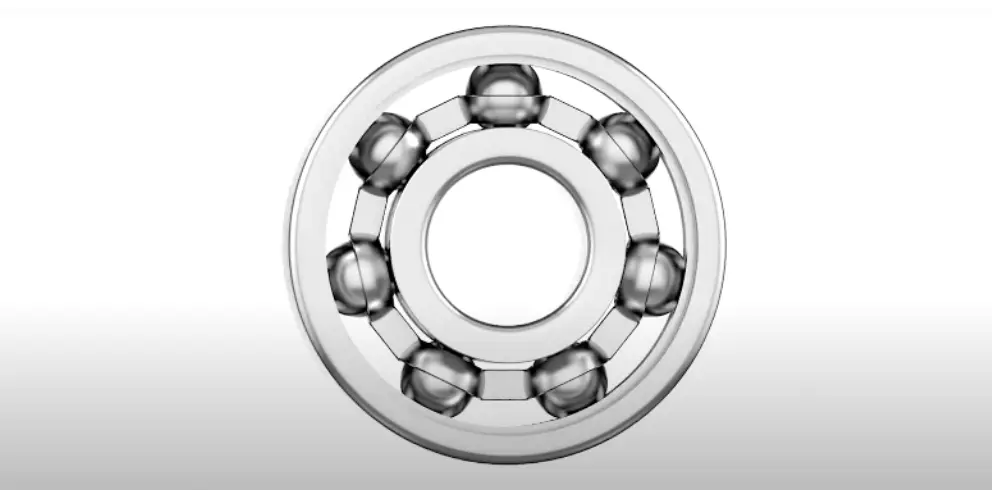Designing Electric Motors for Intrinsic Reliability

Even non-critical applications reap important benefits from high-reliability motors—benefits that range from higher return on investment (ROI) to fewer maintenance concerns. Technical system performance, operating costs, support costs, and sustainability all depend on a motor’s ability to stand up to its environmental conditions over time.
In a well-designed motor, reliability is essential. That intrinsic reliability is a result of efforts in two distinct realms: motor architecture and predictive analytics. Using the Infinitum motor as an example, in this paper, we’ll cover the areas of an electric motor that offer the greatest opportunities for design optimization and how analytics can help mechanical engineers apply precision improvements for greater reliability.
Motor Architecture
A motor’s lifespan depends on the condition of stator windings, sliding components, and bearings—the primary failure mechanism of an electric motor. The mean time between failures (MTBF) on electric motors is directly related to the lifetime of the bearing grease. Opportunities for reliability improvements reveal themselves in each major component of an electric motor:

Bearings
As the leading cause of motor failure, system design centers around ensuring that bearings are kept cool and properly loaded. Exceeding a motor’s specifications, such as radial load (i.e., overhang) and axial load (i.e., thrust), can shorten a motor’s life by placing additional stress on the bearings. Heat is the most common cause of bearing failure because it degrades bearing grease. A 10° C rise above the recommended operating temperature reduces bearing life by half.
The standard Infinitum motor has steel bearings (balls and race), but hybrid ceramic bearings (steel race, ceramic balls) are available upon request. In both cases, the motor is totally enclosed, and fan cooled (TEFC), with internal impellers for optimal temperature control. Infinitum motors run cooler than conventional induction motors, which means bearing grease lasts longer. All Infinitum motors have an L10 bearing life of 200,000 hours for horizontal orientations. Grease life is 80,000 hours.
In the motor development process, Infinitum monitors key motor components using temperature sensors and employs heat sink optimization and other thermal management techniques to achieve cooler operating temperatures. Users can monitor the real-time temperature of key motor components using the motor drive control software available with Aircore EC motors.
Another source of bearing failure is arcing due to shaft voltages. Arcing can cause pitting inside the bearings, resulting in vibrations and premature bearing failure. In an Infinitum motor grounding rings are used to protect bearings from arcing.

